Rocket That Can Go Into Space [Funky Tree magick] (The incomplete explanation)
This is a rocket that can go into space. With some Funky Trees and some Inlet Air knowledge, you can make your rocket go into space too!
I've seen most spacecrafts under the tag "Spacecraft" have this one problem: Their engines lose thrust at higher altitudes, and most severely at over 50,000 meters. That is a HUUUUUGE problem, and I've decided to find out how to make like a KSP and make REAL ROCKET ENGINES, not those CHEAP """ROCKET""" COSPLAYERS.
How does engine not lose thrust?
Funky Tree magic. Engine loses thrust without it.
The engine actually loses thrust, at exactly 0m altitude, at sea level. The (simplified) formula for this 0m to 100000m alt thrust is Thrust * (IAS,TAS)^2, and that's the formula!
What is Inlet Air, and how does it work? Huh?
1 Inlet/Fuselage Inlet gives enough Air for 2 J15/J50/VTOL engines. (Slim Inlet gives less than 1 Air, and J90/BFE150/BFE300 need more than 1 Air. Dunno how much tho)
How do IAS diminish as altitude goes higher?
THIS FORMULA e^(-h/15280) (Courtesy to DeepSeek with DeepThink the chinese ChatGPT for finding the formula)
Or in funky tree terms: pow(2.7182818284,(-Altitude/15280))
The formula for how IAS diminishes relative to altitude
Lossless Thrust?
yes.
Mercury was in retrograde?
Probably, I'm not feeling it right now. Will come back later. (old me)
Update: Definitely! I'm feeling lazy at all times! I should just post this craft NOWWWWWWWL (present me, soon to be old)
The reddit video tutorial if you want a video::::
https://www.reddit.com/r/SimplePlanes/s/w0KBwWGuNE
9 DAYS AGO
Specifications
Spotlights
- SuperSuperTheSylph 8 hours ago
- dabestsock 8 hours ago
General Characteristics
- Created On Android
- Wingspan 15.4ft (4.7m)
- Length 15.4ft (4.7m)
- Height 48.0ft (14.6m)
- Empty Weight 6,799lbs (3,084kg)
- Loaded Weight 10,698lbs (4,852kg)
Performance
- Power/Weight Ratio 315099.296
- Wing Loading 88.3lbs/ft2 (431.3kg/m2)
- Wing Area 121.1ft2 (11.3m2)
- Drag Points 298
Parts
- Number of Parts 75
- Control Surfaces 4
- Performance Cost 443

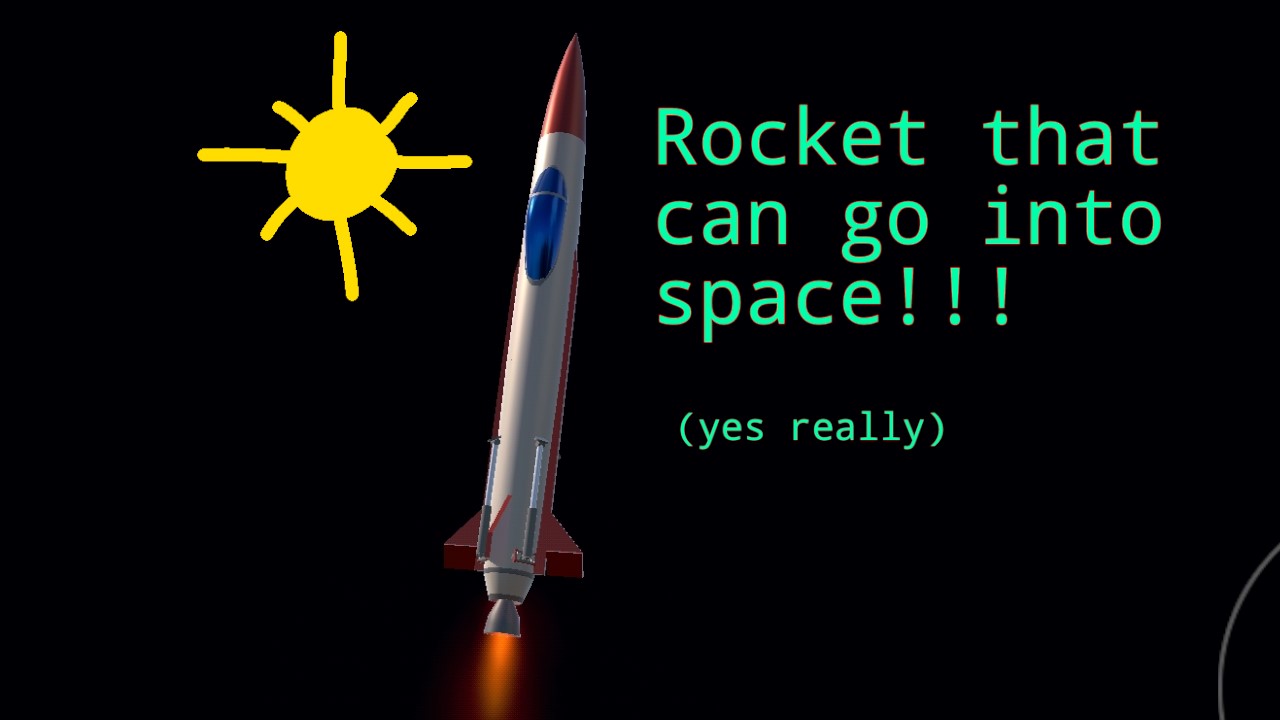
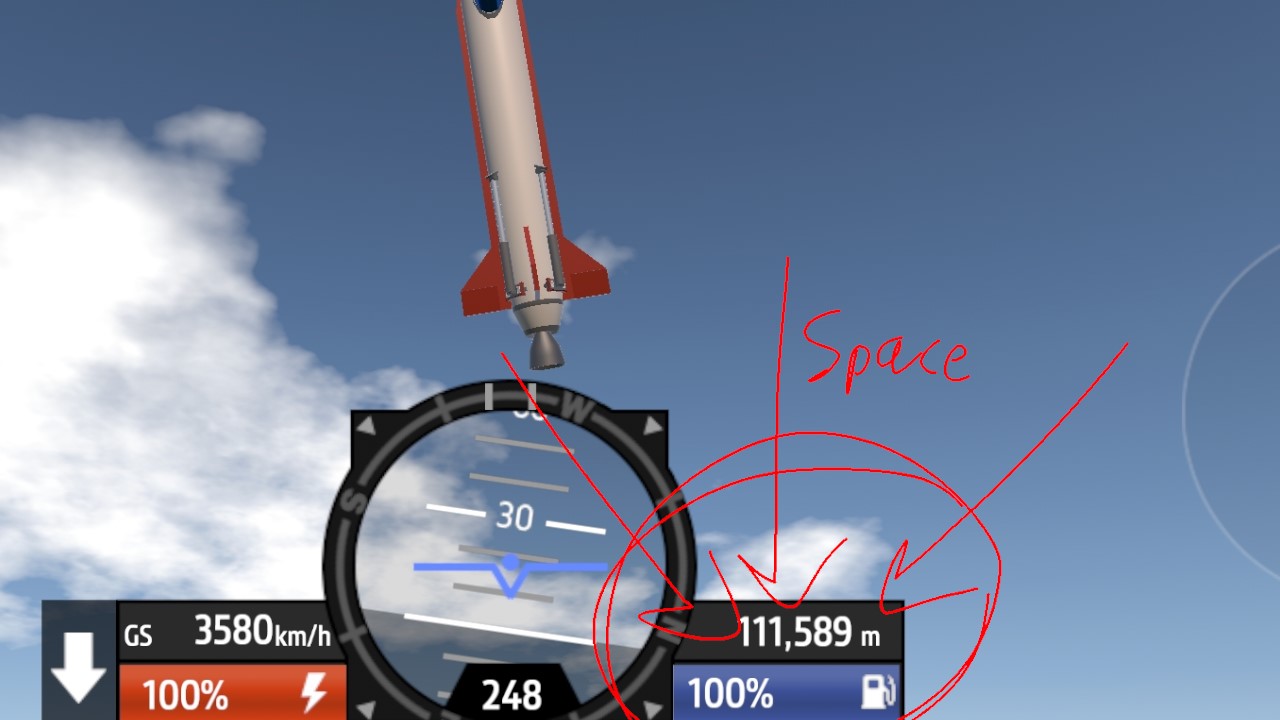
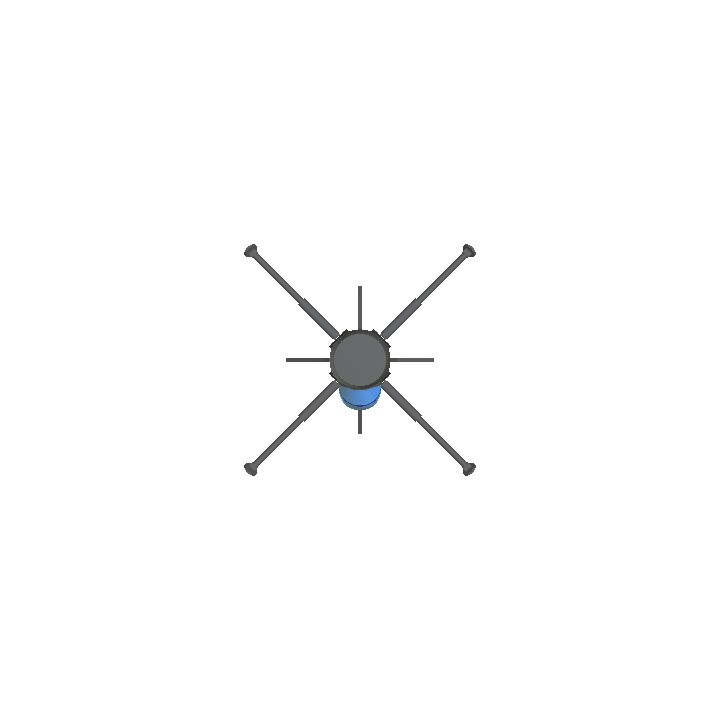
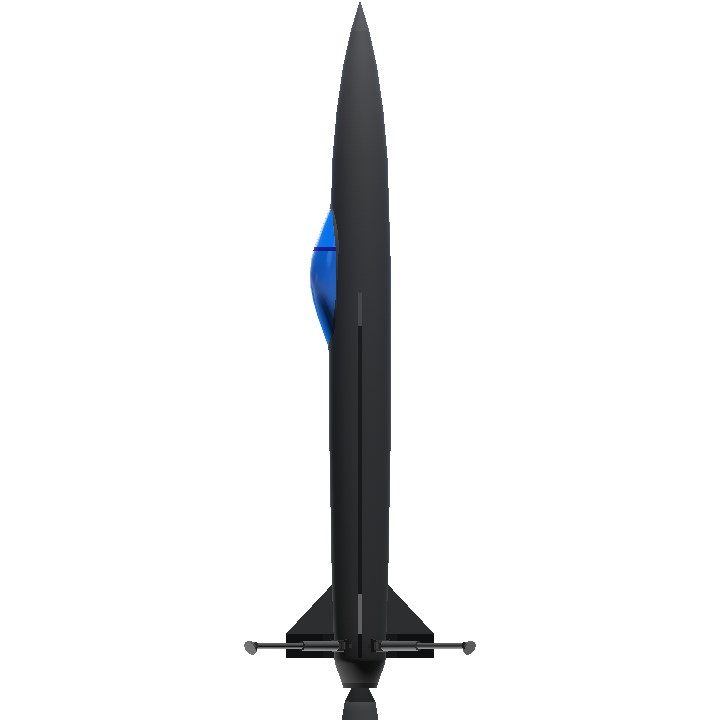
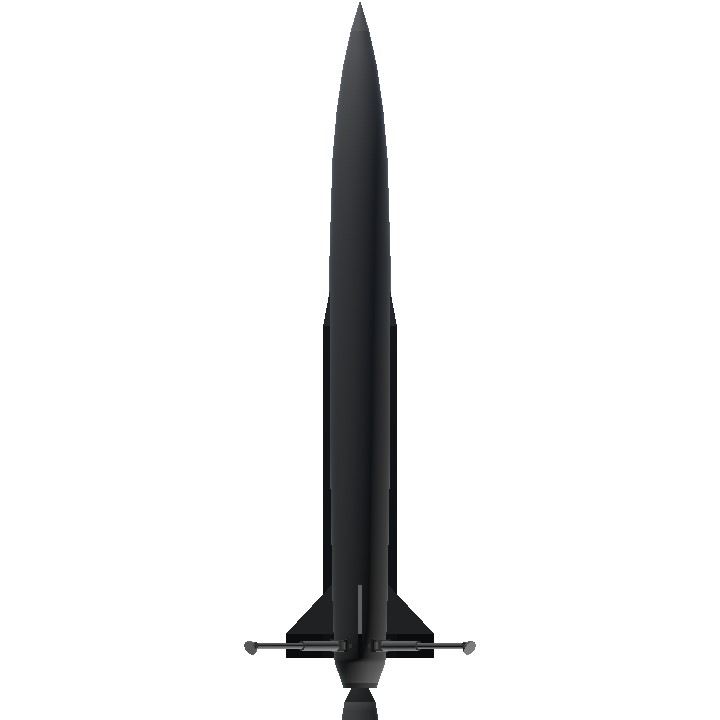
Managed to go suborbital from wright and land right on the runway at Yeager.
slap a Poland countryball on it so he can space :))